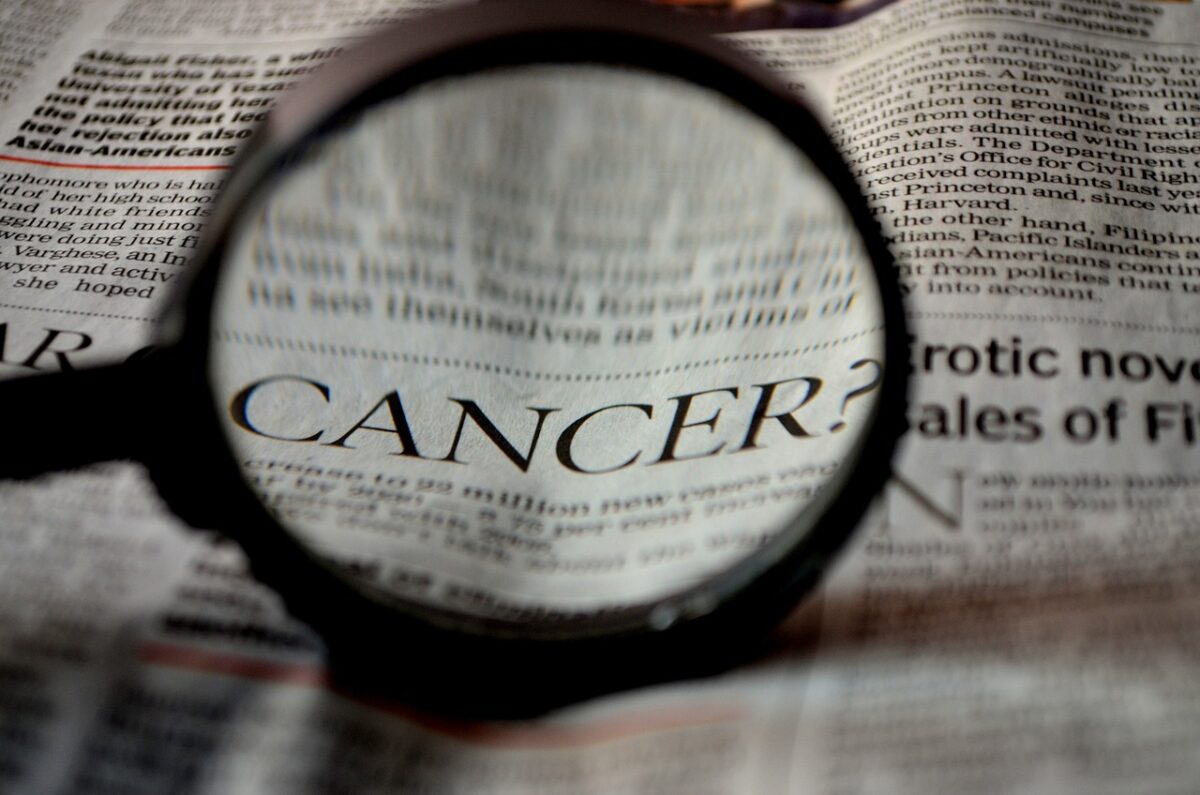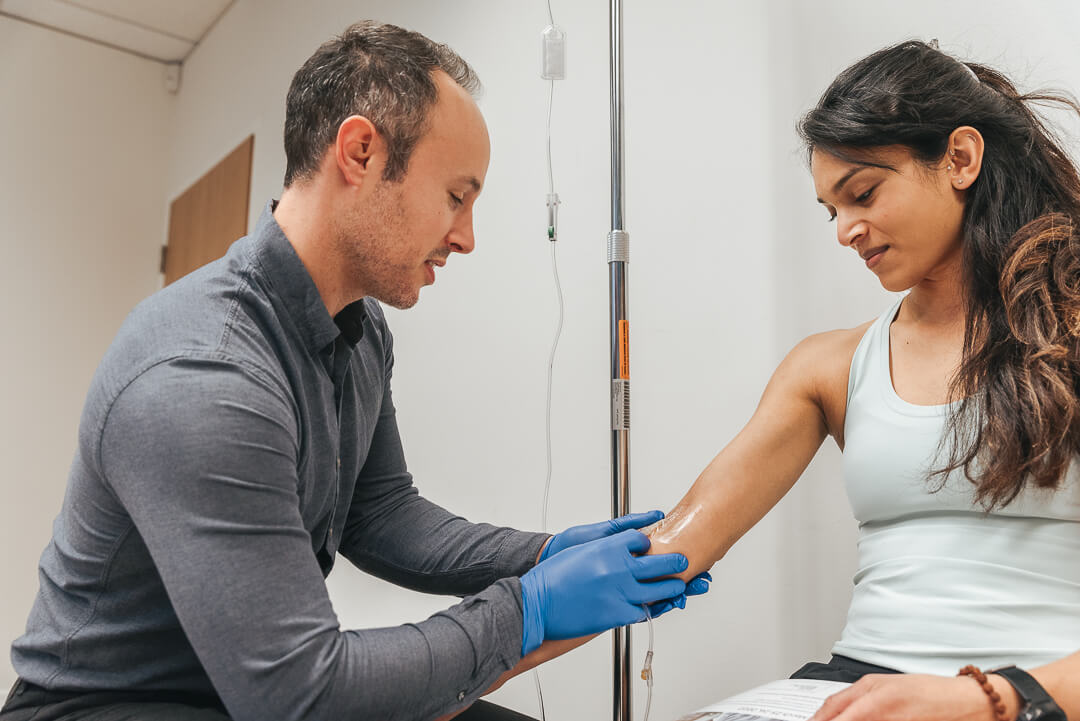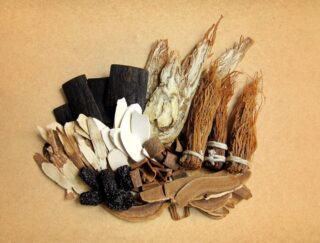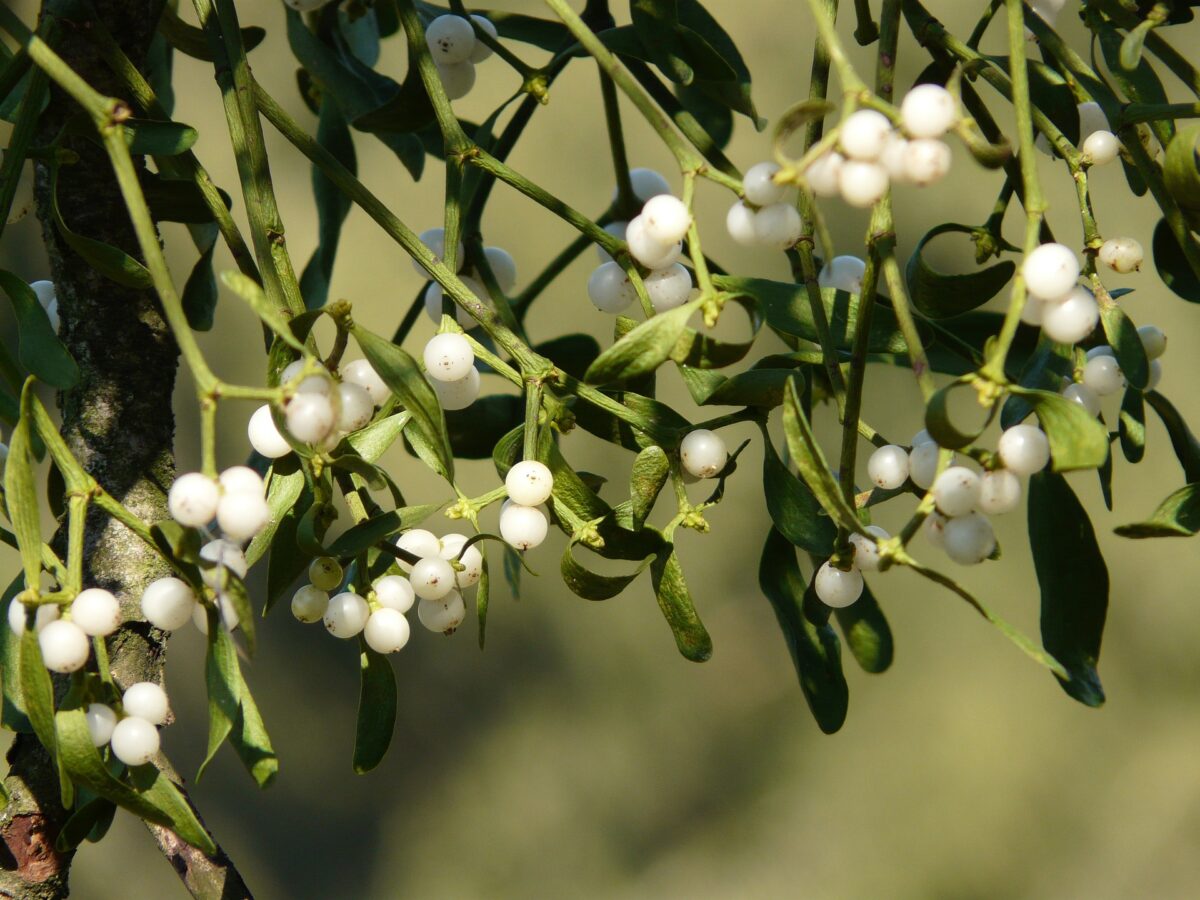Let’s talk about a remarkable discovery in the world of cancer care. Mebendazole, a humble drug once used to fight off nasty parasites, is now proving to be a powerful weapon against cancer. By throwing a wrench in the works of cancer cell division, mebendazole is emerging as a potential game-changer for solid tumors like glioblastoma. What’s even more exciting is that it’s less toxic than traditional chemo, which could mean a better quality of life for those battling cancer. I’m here to explain the science behind this new way of treating cancer. I’ll also show you how it compares to other antiparasitic treatments like fenbendazole and ivermectin. Let’s chat and see if mebendazole could be a valuable addition to your cancer treatment plan.
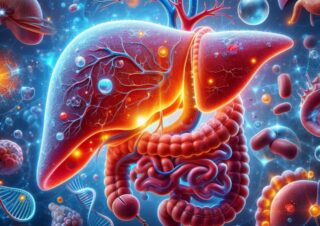
Understanding mebendazole: An overview
Mebendazole, a humble antiparasitic, has a story that stretches far beyond its original purpose. Once upon a time, it was crafted to fight off parasitic infections. But now, it’s in the spotlight for a different reason: its potential to take on cancer. The moment its anticancer properties were unearthed, a whole new world of research and medical possibilities opened up.
One of the ways mebendazole works its magic against cancer is by putting a stop to tubulin polymerization. Tubulin is like the cell’s architect, crucial for building microtubules that are needed for cell division. By interfering with this process, mebendazole can effectively hit the brakes on cancer cell growth, slowing the progression of the disease. This makes it a really exciting option to explore alongside traditional treatments, boosting their impact.
The potential of mebendazole doesn’t stop there. It’s being studied for its ability to enhance the effects of chemotherapy and radiation, which could be a game-changer in the fight against cancer. This is especially important because it could help overcome resistance to traditional treatments. There’s also exciting research on mebendazole’s potential to treat glioblastoma, a highly aggressive form of brain cancer. It’s shown promise in fighting solid tumours, which is a glimmer of hope for those facing this daunting diagnosis.
And here’s the thing: mebendazole is a kinder option. It’s less toxic than many other drugs, which means fewer side effects and a better quality of life for those of us in the fight. That’s huge, especially since many chronic conditions, like cancer, require long-term management. It’s a small mercy, but it makes a world of difference.
The science behind mebendazole and cancer
When we look at the nitty-gritty of how mebendazole works its magic, it’s pretty fascinating. This simple antiparasitic was first made to kill intestinal worms. But it turns out it has a clever way of breaking down microtubules, which are important for cell division. By meddling with tubulin, the protein that’s the building block of microtubules, mebendazole can effectively put the brakes on cancer cell growth. And the best part? It’s a whole new ball game in cancer treatment, one that’s refreshingly different from the traditional slash-and-burn of chemotherapy.
Studies have also revealed that mebendazole can boost the effectiveness of chemotherapy. When paired with standard chemo drugs, mebendazole has the potential to make cancer cells more responsive to these treatments. This combined effect could lead to more successful tumour shrinkage and an improved outlook for patients. Mebendazole could make chemotherapy better. This could mean less chemo and less bad side effects.
In the laboratory, mebendazole has shown a particular knack for targeting glioblastoma, an especially aggressive and lethal form of brain cancer. Glioblastoma is notorious for its rapid growth and its resistance to the usual treatments, which makes it a tough nut to crack. But mebendazole has demonstrated an ability to slow the growth of these cancer cells, offering a ray of hope for those facing this formidable foe. And unlike standard chemotherapy, which can bring on harsh side effects, mebendazole is generally better tolerated by patients. Clinical trials are underway to see if combining mebendazole with other antiparasitics could lead to even better outcomes.

Comparing mebendazole to other antiparasitics in cancer therapy
Mebendazole is a bit of a maverick in the world of antiparasitics repurposed for cancer treatment. Mebendazole works by disrupting microtubule formation, which is essential for cell division and survival. This has shown promise in preventing the growth of various cancer cells, making it a very exciting area for further research.
And then there’s fenbendazole, a cousin to mebendazole, which has been found to have its own anticancer properties. Both belong to the benzimidazole class and have similar ways of working their magic, but fenbendazole is particularly good at targeting cancer stem cells. These are the troublemakers that often shrug off standard treatments and are thought to be the culprits behind cancer’s return. So, having fenbendazole in our corner is a pretty big deal.
Ivermectin, on the other hand, is a bit different. While it’s famous for its antiparasitic prowess, it’s also been found to throw a wrench in the cell cycle of cancer cells, nudging them towards programmed cell death. This unique approach has piqued the interest of many, sparking a flurry of clinical trials to see how it might team up with other treatments like chemotherapy and immunotherapy.
The experts are on to something, too. They’re looking at how combining these antiparasitics might just be the key to unlocking even better cancer treatments. Mebendazole, fenbendazole, and ivermectin could be a triple threat against cancer, targeting it from different angles and overcoming resistance. It’s an exciting time, with clinical trials paving the way to figure out the best doses and combinations for different types of cancer.
Case studies: Mebendazole in clinical trials
The real-world data from clinical trials is exciting. It’s a glimpse into the promising future of mebendazole in oncology. One of the most compelling areas of research has been in the treatment of glioblastoma, a highly aggressive form of brain cancer. Studies in animal models have shown that mebendazole can greatly increase survival rates in animal models. This has made people interested in its potential for human patients. These findings have laid the groundwork for further exploration in clinical settings.
And in clinical trials, mebendazole has shown promise as a complement to traditional cancer treatments. When paired with the likes of chemotherapy, it’s been found to boost the body’s ability to manage the disease. Take colorectal cancer, for example. Patients have seen better outcomes when mebendazole is part of their treatment plan. And that’s a big deal, given how common and tough-to-beat colorectal cancer is. Any improvement in treatment outcomes can make a real difference in quality of life and the odds of beating the disease.
The beauty of mebendazole? It’s a gentle giant. Unlike some chemotherapy agents that can wreak havoc on the body, mebendazole is generally well-received by patients. This bodes well for its future in the fight against cancer, as its mild nature means it can team up with other treatments without adding to the risk of side effects. This, in turn, boosts the potential for a positive outcome.
Expert insights: Integrating mebendazole into cancer treatment plans
Insights from leading experts highlight the potential and challenges of integrating mebendazole into comprehensive cancer treatment plans. One of the most intriguing aspects of mebendazole is its ability to disrupt cancer cell metabolism, a mechanism that mirrors its antiparasitic effects. Mebendazole can stop cancer cells from growing and spreading by blocking the microtubules that are needed for cell division. This makes it a good choice for a second treatment.
It’s fascinating to see how oncologists are now looking at mebendazole as a potential ally to traditional cancer treatments. The research is compelling, indicating that mebendazole could be the game-changer in targeting those stubborn cancer cells that resist the usual therapies. Case studies are showing real promise, especially with solid tumours, where mebendazole seems to be putting the brakes on tumour growth and improving patient survival rates.
Yet, the full potential of mebendazole in cancer care is still emerging, with experts calling for more clinical trials to establish its role. Comparative studies have hinted at mebendazole’s unique edge over other antiparasitic drugs like ivermectin and fenbendazole. These drugs have shown potential in cancer research. Mebendazole seems to have a stronger way to work and fewer side effects, making it a better choice for long-term use in cancer patients.
The landscape of cancer research is ever-changing, and the potential of mebendazole is a topic that continues to pique our curiosity. Its unique ability to disrupt cancer cells’ metabolism, coupled with its safety, makes it a promising addition to our treatment toolkit. While we’re still in the early days, the signs are there, and the future of mebendazole in cancer therapy looks bright.

